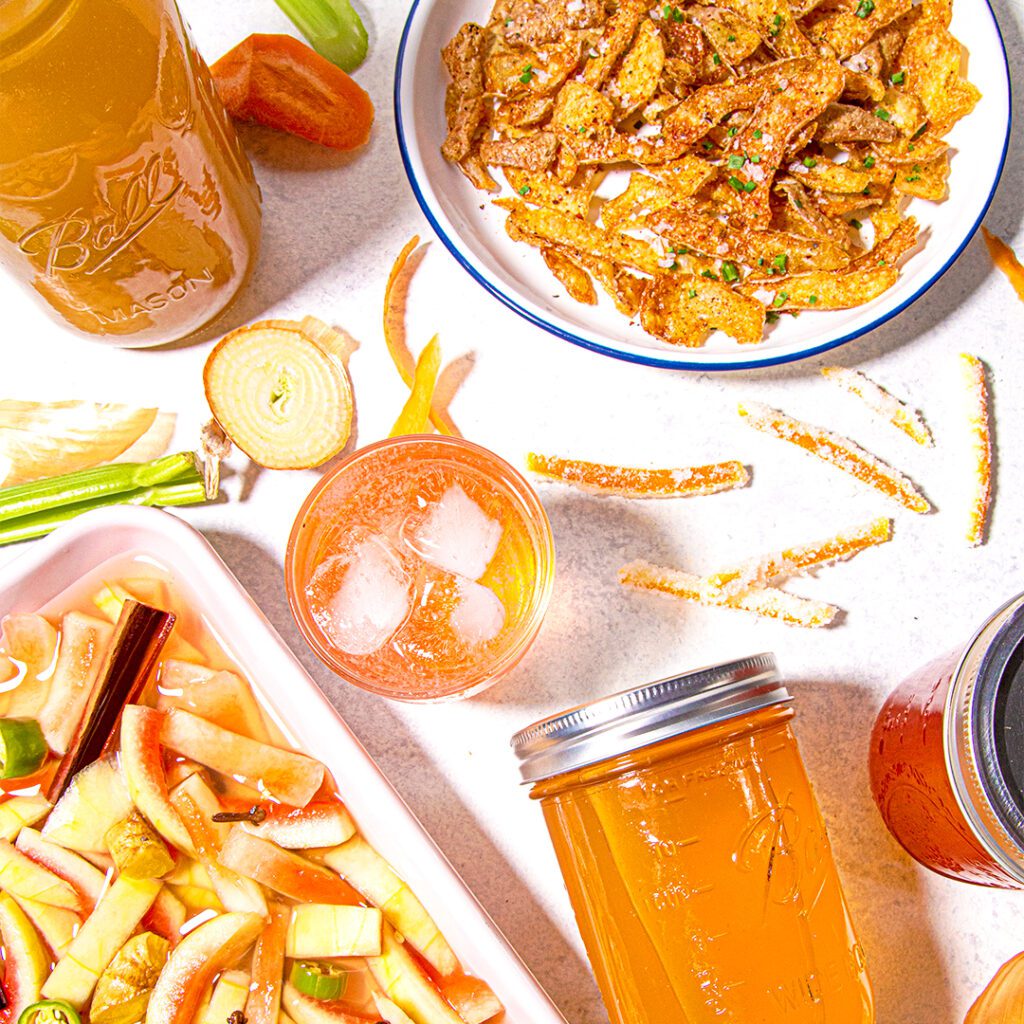
We’ve all been there: reaching into the fridge or pantry only to find wilted greens, stale crackers, or forgotten leftovers that didn’t make it past day three. But with a few smart habits and some kitchen organization, you can extend the life of your groceries, reduce food waste, and save money in the process.

From proper food storage to creative ways to revive tired ingredients, here’s how to get the most out of every bite—and make your groceries go further.
Know What You’re Working With
Understand Expiration Dates
“Sell by,” “best by,” and “use by” dates can be confusing, but they don’t always mean your food has gone bad. Many foods are still safe—and tasty—well past these dates. Learn more about what each label means in our expiration date guide, why we think short-dated items deserve a second chance, and explore the foods that last way longer than you might think.
Foods That Keep (and Keep Going)
From canned beans to root vegetables and frozen fruit, some items are perfect for long term food storage. Check out our guide to pantry and fridge staples with staying power.
Store It Right from the Start
Produce Storage 101
Not all fruits and vegetables belong in the fridge. Some don’t play nicely together (hello, ethylene gas), and others actually last longer when stored at room temp. Learn how to keep fruit fresh longer and optimize your food storing setup with our ultimate produce storage guide, what not to store together, and fruits and veggies that don’t need refrigeration.
Smarter Pantry Storage
Make the most of your pantry with simple pantry organization ideas:
- Rotate stock with the FIFO method (first in, first out)
- Store grains and dry goods in airtight containers
- Keep shelf-stable essentials on hand for easy meals
Get started with our FIFO guide and shelf-stable shopping list.
Freeze It, Save It
What to Freeze (and How)
Not everything needs to be used right away. You can freeze fresh herbs in ice cube trays, stash berries before they spoil, and portion out cooked grains for easy future meals. Our freezing guide and ice cube tray hacks show you how.
Freezer Storage Tips
Label and date everything, avoid freezer burn with well-sealed containers, and freeze in single-use portions. These food storage habits make meal planning easier and reduce waste.
Revive and Reimagine
Rescue Tired Ingredients
- Wilted greens? Soak them in cold water.
- Stale bread? Turn it into croutons or breadcrumbs.
- Learn how to revive fresh produce and get more life from your ingredients.
Use Your Scraps
From homemade vegetable broth to quick pickles, your scraps still have a lot to give. Check out our scrap-saving recipes and pickling ideas.
Organize to Waste Less
Smarter Storage = Smarter Meals
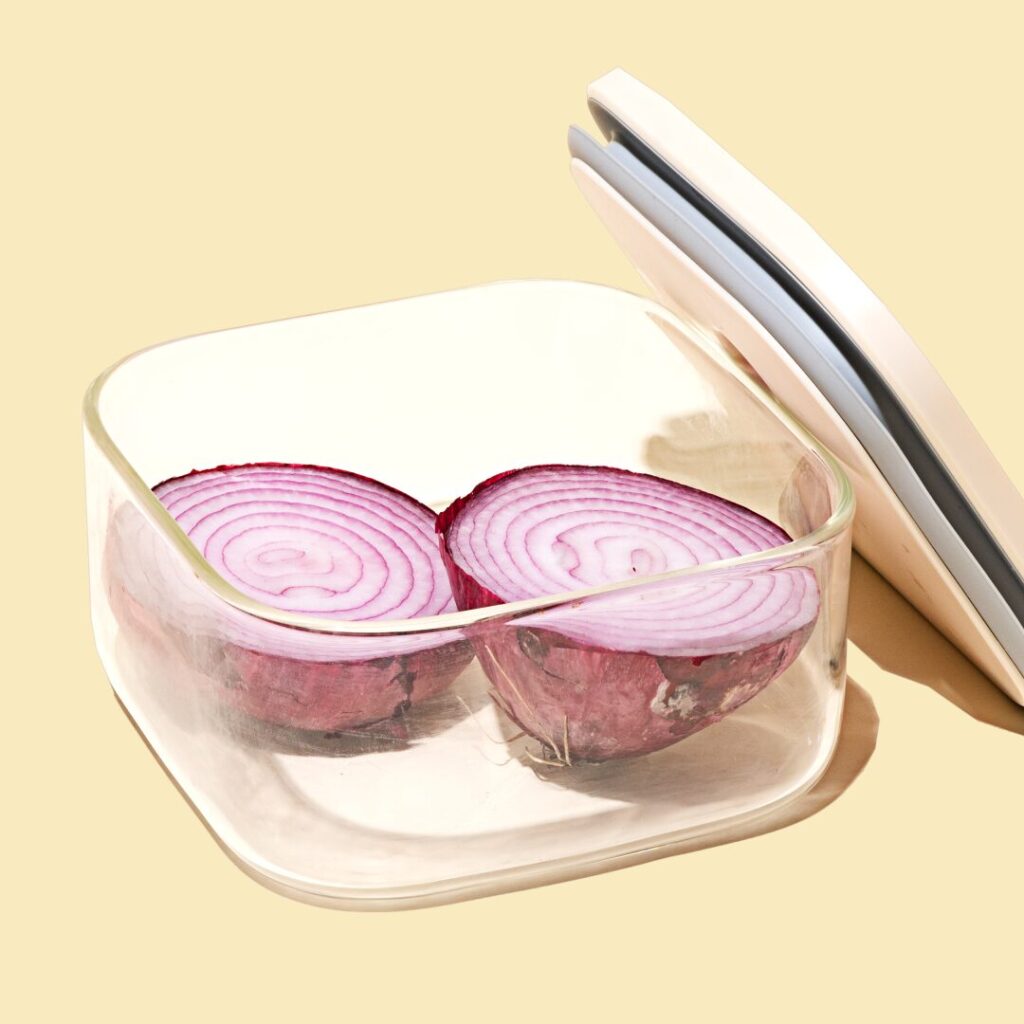
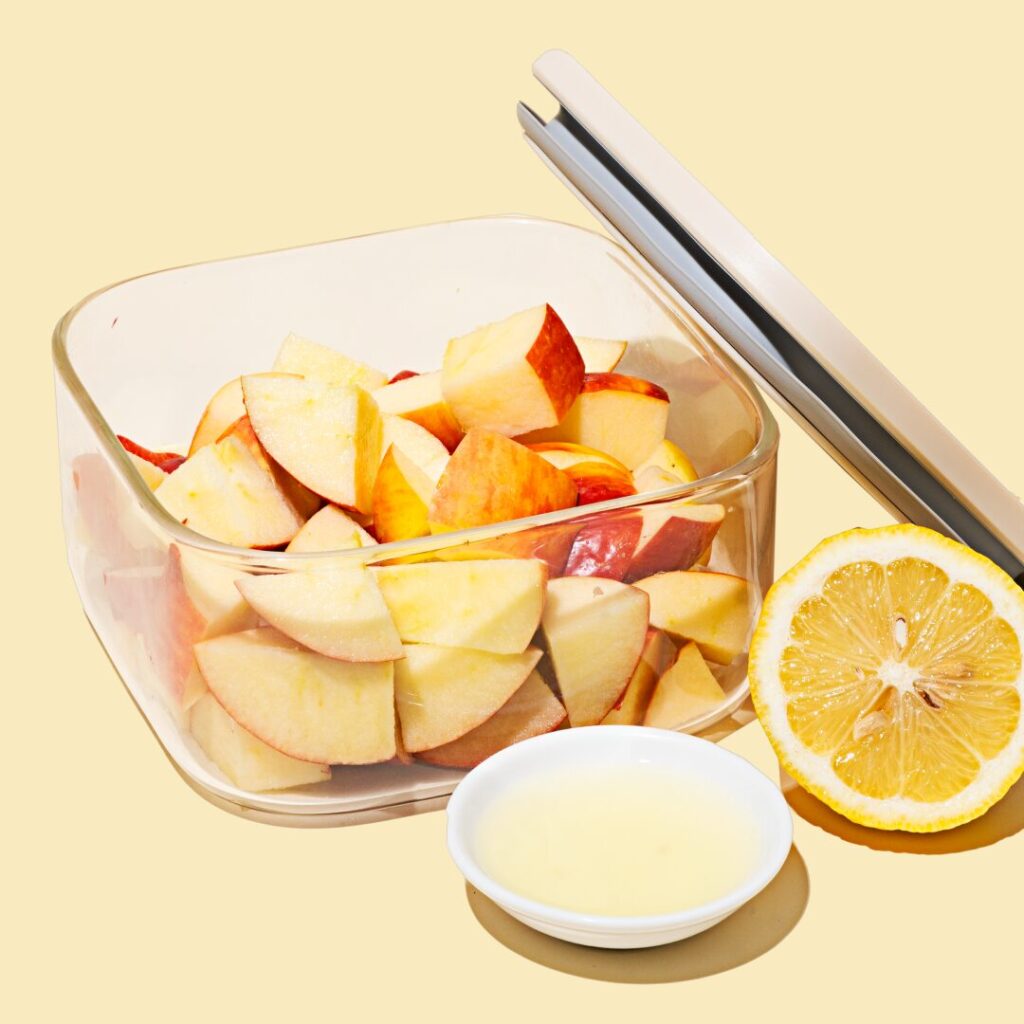
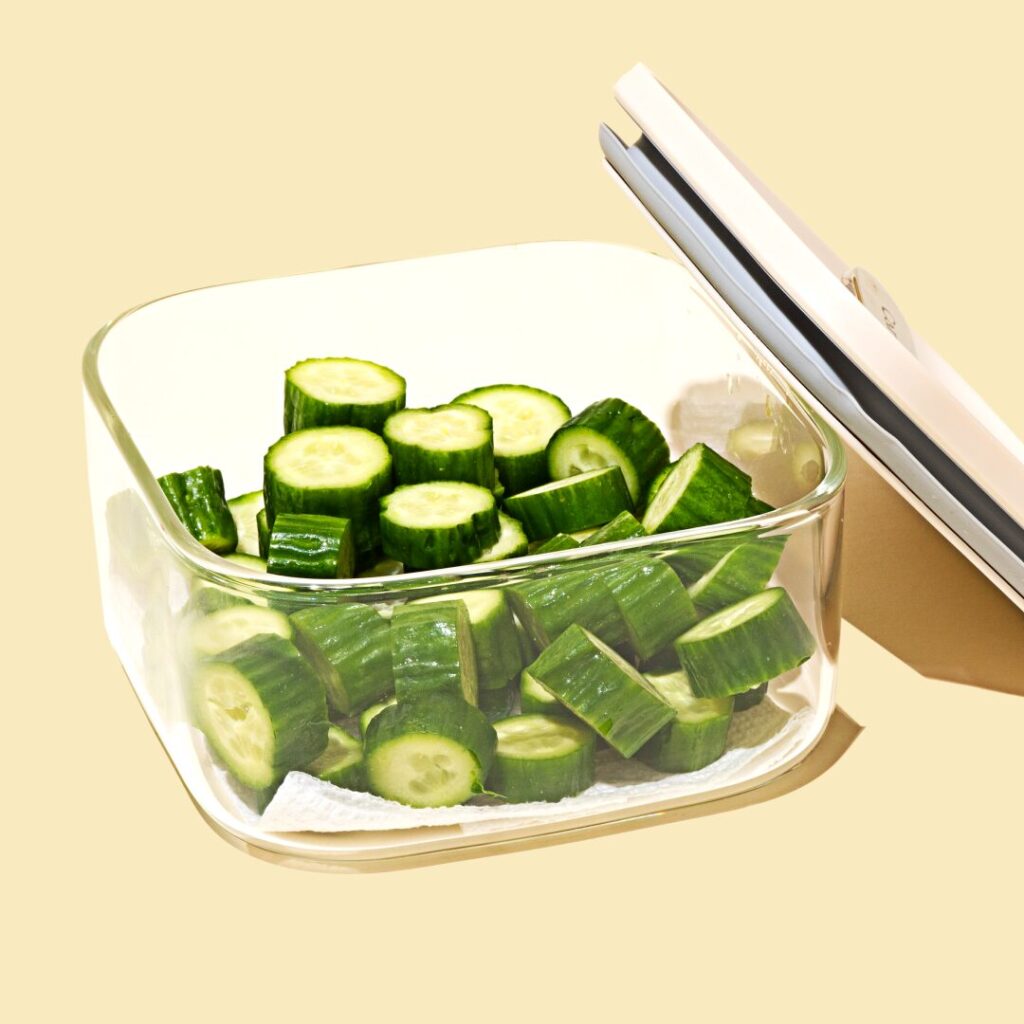
A clean, well-organized fridge and pantry helps you see what you have—and use it before it goes bad. Check out our tips for crisper drawer organization, countertop organization, and keeping your leftovers fresh longer. Plus, learn how to store cut fruits and veggies so they stay fresh longer.
Bonus: What Temp Does Food Go Bad?
Most perishable foods should be kept at 40°F or below to prevent spoilage and bacterial growth. That includes dairy, meat, cooked leftovers, and cut fruit or veggies. When in doubt, use a fridge thermometer to stay in the food safety zone—and follow the golden rule: when in doubt, throw it out.
Small Shifts, Big Impact
Reducing food waste doesn’t have to be complicated. With a few mindful habits, you can improve your food storing routine, keep your ingredients fresher for longer, and make your kitchen work smarter—not harder.
Turn Scraps Into Something Delicious
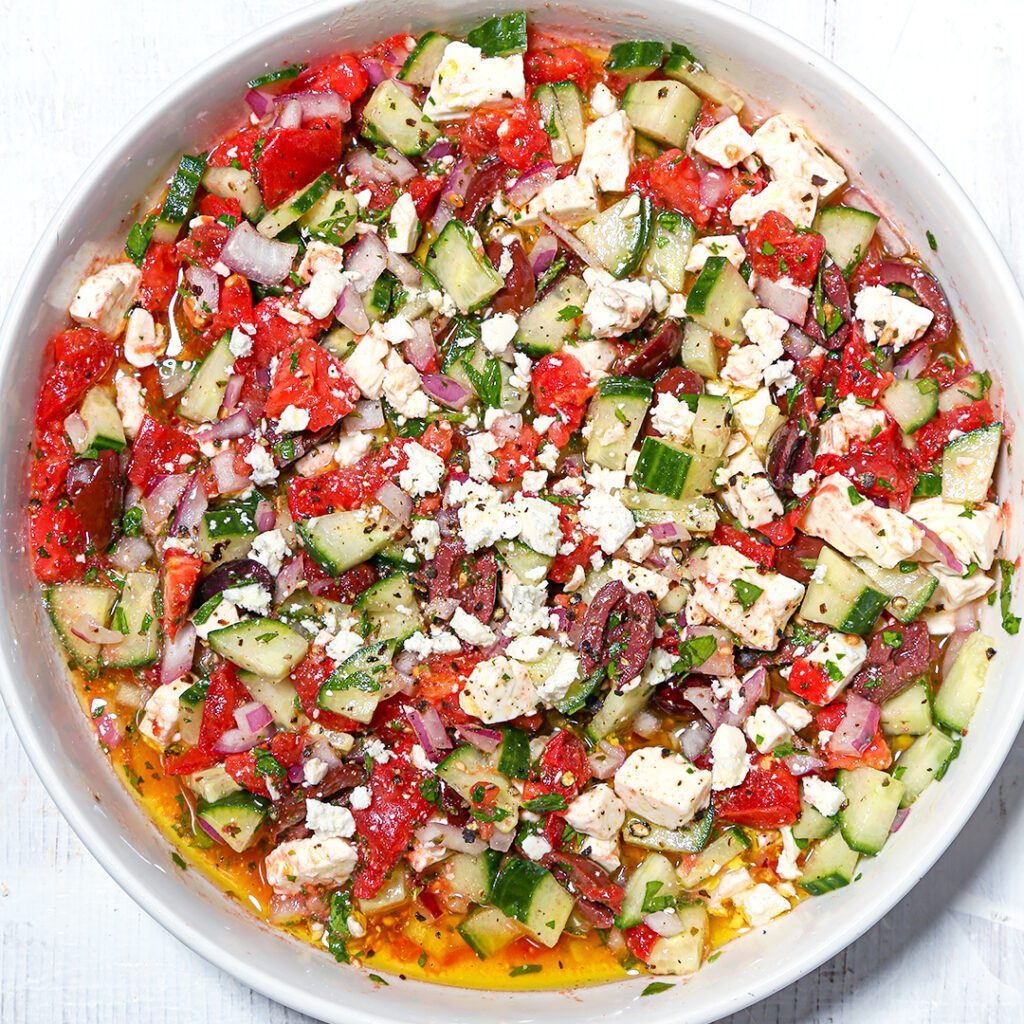
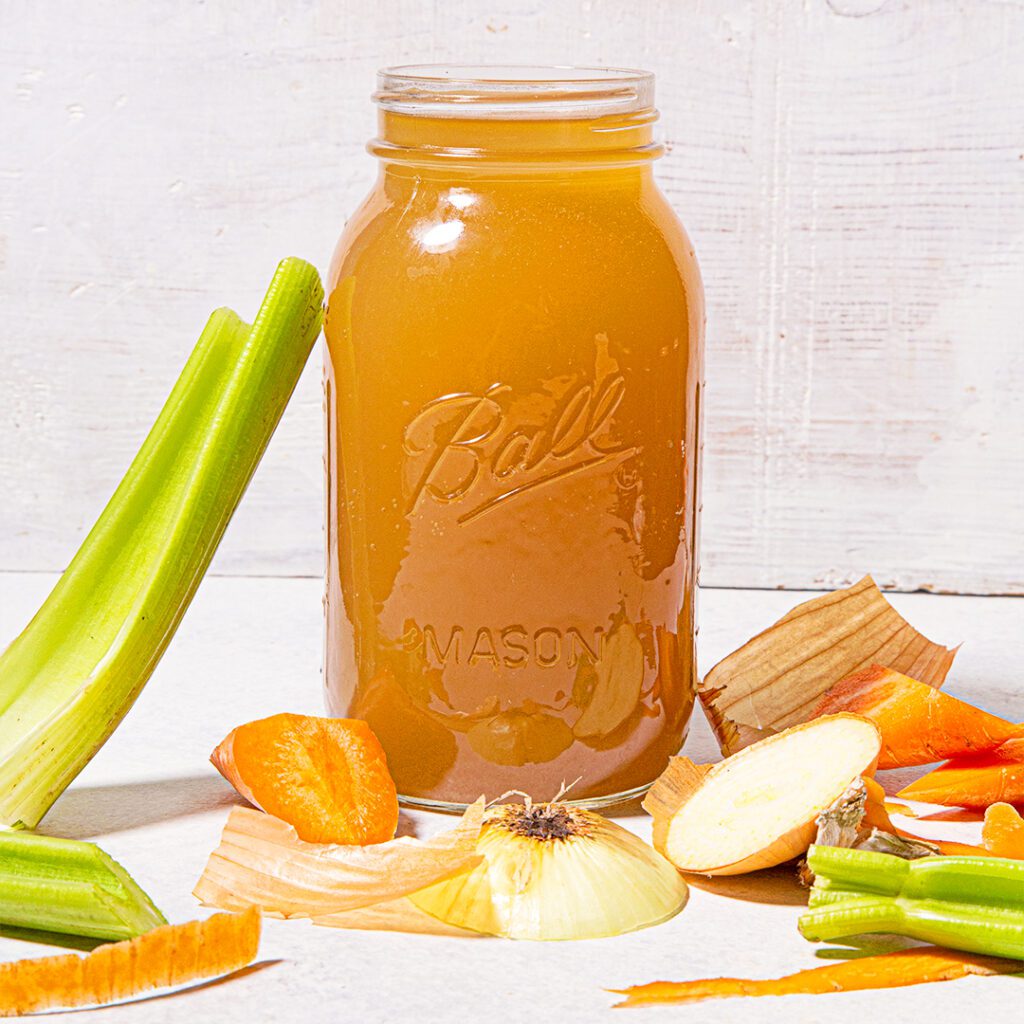
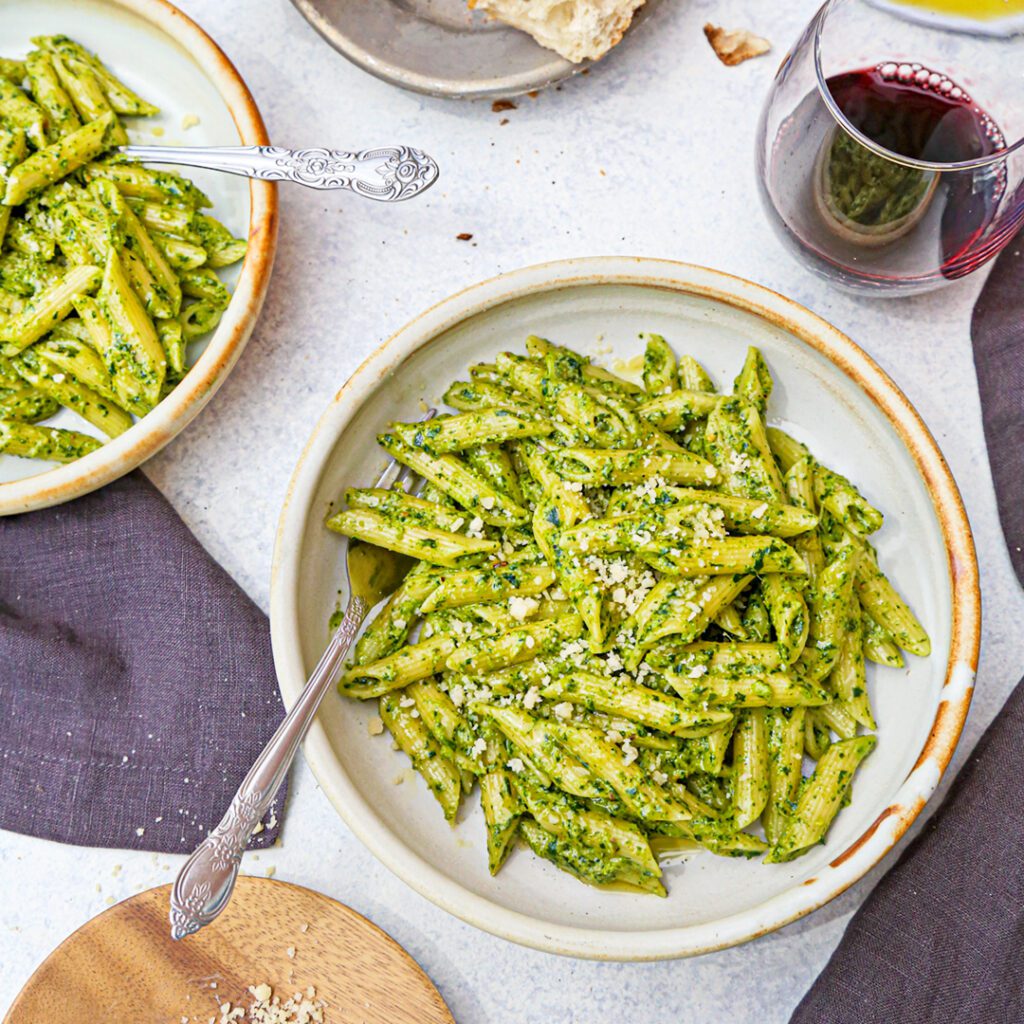
Don’t toss those peels, stems, or leftover bits just yet—your food scraps are full of flavor and potential. From stock made with veggie peels to mocktail and cocktail starter fruit shrubs and candied citrus peels, there are plenty of ways to repurpose what’s usually thrown away. Start with these scrap-saving recipes that help you waste less and cook more creatively, then try:
